Smart home technology is revolutionizing the way families manage their daily lives, making routines more efficient and homes more secure. From automated lighting and climate control to advanced security systems, smart devices offer convenience and peace of mind. Embracing this technology allows families to streamline tasks, save time, and enhance their home’s safety. In this article, we will explore the top 10 smart home devices that can transform your family’s daily routine and boost security. Discover how integrating these cutting-edge gadgets can create a more connected and enjoyable living environment, tailored to meet the unique needs of modern households.
Discover the intricacies of this topic with noiscredit.com
1. Introduction: Importance of Smart Home Technology for Families
In today’s fast-paced world, smart home technology is becoming an essential tool for families seeking convenience, efficiency, and enhanced security. These advanced systems automate everyday tasks, reducing the time and effort required to manage a household. For example, smart thermostats optimize heating and cooling schedules, while automated lighting systems adjust based on occupancy and natural light, leading to energy savings and increased comfort. Furthermore, smart security devices such as cameras, doorbells, and alarm systems provide real-time monitoring and alerts, ensuring the safety of family members and property. Embracing smart home technology not only simplifies daily routines but also fosters a more connected and harmonious living environment, allowing families to focus on what truly matters: spending quality time together. By integrating these technologies, households can achieve a seamless blend of practicality and innovation, making family life more enjoyable and stress-free.

2. Why Embrace Smart Home Tech?
Smart home technology offers families a wealth of benefits that improve their quality of life. Foremost among these benefits is the unmatched convenience it provides. Smart devices automate tedious tasks like adjusting the thermostat, controlling lights, and managing home security, freeing up families to focus on more enriching activities. Moreover, smart home technology enhances energy efficiency, contributing to household savings on utility bills. Automated systems can optimize energy usage based on real-time data, minimizing waste and fostering a more sustainable lifestyle.
Safety is paramount. Advanced security systems, such as smart cameras, doorbells, and alarm systems, provide real-time monitoring and instant alerts, ensuring peace of mind and safeguarding loved ones and property. Moreover, the ability to remotely control and monitor home functions via smartphones or tablets enhances security and convenience.
Finally, smart home technology cultivates a cohesive and interconnected living environment. Through integrated systems, families can easily manage their home surroundings, creating a more comfortable and pleasant living space. By adopting smart home technology, families can experience a significant transition toward a more efficient, secure, and interconnected lifestyle.
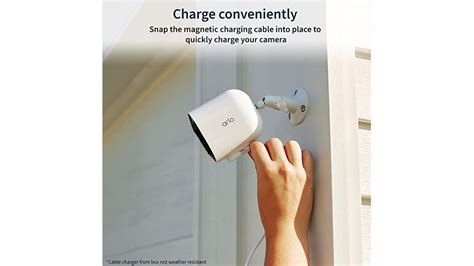
3. How Smart Home Devices Simplify Daily Routines
Smart home devices streamline our daily routines by automating tasks that traditionally require time and effort. For example, smart thermostats adapt to a family’s schedule, automatically adjusting the temperature for optimal comfort and energy efficiency. This eliminates the need for manual intervention. Similarly, automated lighting systems can be programmed to turn on and off based on occupancy or natural light levels, creating a seamless and convenient living environment.
Smart assistants, such as Amazon Alexa or Google Home, streamline various tasks through voice commands. From setting reminders and playing music to controlling other smart devices, these assistants offer hands-free operation. This convenience allows family members to multitask more effectively, enhancing productivity and making daily life easier.
Smart appliances are transforming kitchens into havens of efficiency. Refrigerators equipped with inventory management systems help with meal planning, while smart ovens, controllable remotely, streamline the cooking process. Beyond the kitchen, robotic vacuum cleaners handle floor cleaning automatically, ensuring a tidy home without the need for manual intervention.
For families with children, smart home technology offers a wealth of benefits. Smart locks and security cameras provide parents with peace of mind, allowing them to monitor their home’s safety in real-time. By streamlining these daily tasks, smart home devices free up time and energy, enabling families to focus on what truly matters.
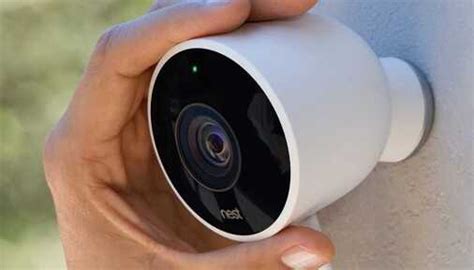
4. Top Smart Home Devices for Enhancing Security
Home security is a top priority for many families, and smart home devices offer innovative ways to meet this need. Smart security cameras are among the most effective tools for bolstering home security. These cameras provide real-time video monitoring accessible remotely via smartphones or tablets, enabling homeowners to keep watch over their property from anywhere. Advanced models also feature motion detection, night vision, and two-way audio, offering comprehensive surveillance and interaction capabilities.
Smart doorbells, like the Ring Video Doorbell, are a crucial security tool. These devices enable homeowners to visually interact with visitors at their door, even when absent. This not only enhances security but also offers convenience and a sense of tranquility.
Smart locks, like the August Smart Lock, offer keyless entry and remote access control. Homeowners can lock or unlock their doors from their smartphones and grant temporary access to guests or service providers without the need for physical keys. These locks also keep a log of entries and exits, enhancing security awareness.
Additionally, smart alarm systems can be integrated with other smart devices to create a comprehensive security network. These systems can send alerts to homeowners and emergency services in case of unauthorized access, fire, or other emergencies. By incorporating these top smart home devices, families can significantly enhance their home’s security and enjoy greater peace of mind.
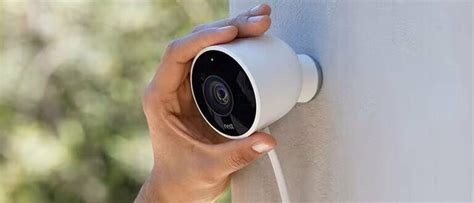
5. What to Consider When Choosing Smart Home Devices
Selecting the right smart home devices requires careful consideration to meet your family’s needs. Compatibility is paramount. Ensure your chosen devices can seamlessly integrate with your existing smart home ecosystem, such as Amazon Alexa, Google Home, or Apple HomeKit. This integration enables unified control and enhances the overall user experience.
Security and privacy are of the utmost importance. Select devices from trusted manufacturers that provide strong security features and frequent software updates to guard against potential weaknesses. Verify encryption standards and data protection policies to ensure the safety of your personal information.
Ease of use and installation is crucial. Choose devices that are intuitive for all users and provide comprehensive instructions or professional setup services. This allows everyone in the family to effortlessly navigate and enjoy the technology without encountering difficulties.
Finally, prioritize scalability and future-proofing. Choose devices that can be readily expanded or upgraded as new technologies appear. This enables your smart home system to evolve and adapt to changing demands without requiring a complete replacement. By taking these factors into account, you can make informed decisions and build a smart home environment that is secure, efficient, and adaptable.
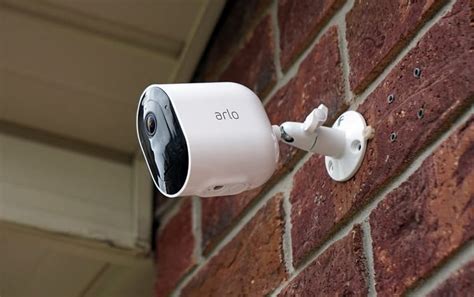
6. Detailed Reviews of the Top 10 Smart Home Devices
The Ring Video Doorbell Pro 2 delivers exceptional clarity with its crystal-clear video, enhanced motion detection, and two-way audio capabilities. This comprehensive system empowers homeowners with peace of mind by enabling them to visually monitor and communicate with visitors from any location.
Nest Learning Thermostat: Learns your schedule and adjusts the temperature for optimal comfort and energy savings. It integrates seamlessly with other smart home devices and can be controlled via smartphone.
August Smart Lock Pro: Allows keyless entry and remote access control. It’s easy to install and provides detailed logs of who enters and exits your home.
Arlo Pro 4 Spotlight Camera: Features high-resolution video, color night vision, and a built-in spotlight. It’s wireless and offers flexible installation options.
Philips Hue Smart Bulbs: Enable customizable lighting settings that can be controlled remotely. They integrate well with most smart home ecosystems and enhance energy efficiency.
iRobot Roomba i7+: Automatically cleans floors and empties itself into a base. It can be scheduled and controlled through a smartphone app.
Ecobee Smart Thermostat with Voice Control: Offers advanced temperature control, built-in Alexa functionality, and energy savings.
SimpliSafe Home Security System: Provides comprehensive security with easy installation, professional monitoring, and smart home integration.
Sonos One Smart Speaker: Delivers high-quality sound and integrates with voice assistants for hands-free control of music and other smart devices.
Eufy Security 2K Indoor Cam: Offers high-resolution video, two-way audio, and smart integration. It’s affordable and ideal for indoor monitoring.
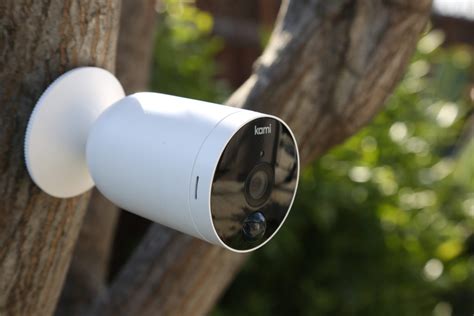
7. Integrating Smart Home Devices for a Seamless Experience
For a truly integrated and effortless smart home experience, begin by selecting devices compatible with a central hub like Amazon Alexa, Google Home, or Apple HomeKit. This compatibility enables you to manage all your devices through a single interface, streamlining control and maximizing convenience.
To enhance your home’s efficiency and comfort, implement routines and automation rules that seamlessly integrate with your family’s daily schedule. For instance, design a morning routine that gradually raises the thermostat, illuminates your home, and fills the air with your preferred music as you awaken. Conversely, establish an evening routine that gently dims the lights, adjusts the temperature for optimal sleep, and activates security cameras for peace of mind.
By establishing a unified platform, ensure seamless communication between devices. This allows for functionalities like receiving alerts on your smartphone from linked security cameras and smart doorbells. Additionally, synchronize smart locks with a home security system for streamlined entry and exit control.
To ensure optimal performance and security, it’s essential to regularly update and maintain your smart home devices. By thoughtfully integrating devices and leveraging automation, you can create a connected home environment that enhances convenience, efficiency, and overall enjoyment.
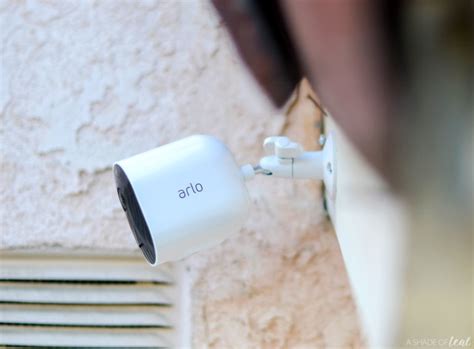
8. Future Trends in Smart Home Technology
Smart home technology is poised to evolve further, offering even more sophisticated solutions and capabilities to elevate daily living. One of the most exciting advancements on the horizon is the integration of artificial intelligence (AI) and machine learning. This integration will empower smart devices to learn and adapt to individual user preferences and behaviors with greater precision. AI-driven systems will deliver highly personalized experiences, including predictive maintenance for appliances and more intuitive automation.
Another emerging trend is the development of advanced home ecosystems with improved interoperability. As manufacturers continue to standardize communication protocols, devices from different brands will work together more seamlessly, creating a more unified smart home experience. This will enhance the ease of integration and expand the possibilities for automation.
Smart home technology is also likely to see significant advancements in energy management. Enhanced sensors and analytics will provide deeper insights into energy usage, helping families optimize consumption and reduce costs. Additionally, smart grids and renewable energy integration will play a crucial role in making homes more sustainable.
Voice control and conversational AI will become even more sophisticated, enabling more natural and efficient interactions with smart devices. This will include multilingual support and more complex command recognition, further enhancing the user experience.
As these trends develop, smart home technology will continue to evolve, offering families greater convenience, security, and efficiency while shaping the future of connected living.
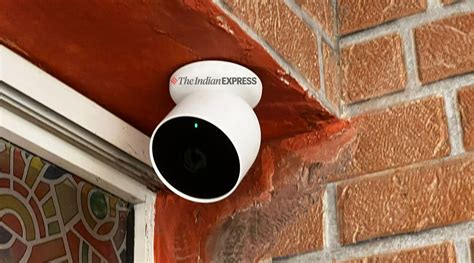
9. Real-Life Case Studies and Success Stories
Real-life case studies highlight the transformative impact of smart home technology on families. One example is the Johnson family, who integrated smart home devices to streamline their daily routines and enhance security. They installed a Ring Video Doorbell, which allowed them to monitor their front door from anywhere and communicate with visitors remotely. Coupled with smart locks, they could grant access to trusted visitors even when they weren’t home, increasing convenience and safety. Their Nest Learning Thermostat adapted to their schedule, significantly reducing energy bills while maintaining a comfortable home environment.
Another success story comes from the Smiths, who focused on enhancing home security. They implemented a comprehensive system with Arlo Pro 4 Spotlight Cameras and a SimpliSafe Home Security System. The integration of these devices provided real-time alerts, video surveillance, and automated responses to potential security breaches, offering them peace of mind and comprehensive coverage.
The Lee family’s experience with smart lighting and voice assistants exemplifies the convenience of smart home technology. By using Philips Hue Smart Bulbs and Sonos One Smart Speakers, they created customized lighting scenes and controlled their home environment through voice commands. This integration simplified daily tasks and enhanced their overall living experience.
These case studies illustrate how smart home technology can be tailored to meet specific needs, improving security, convenience, and efficiency in everyday life.
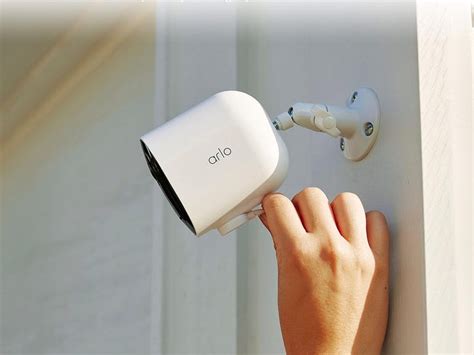
10. Conclusion: Transforming Your Home with Smart Technology
Smart home technology has the power to revolutionize your home, making daily life more efficient, secure, and enjoyable. By incorporating devices that automate tasks and provide real-time monitoring, families can enjoy unparalleled convenience and peace of mind. Smart thermostats and lighting systems enhance comfort and contribute to energy savings, while advanced security features like smart cameras and locks provide robust protection and control over your home’s security.
Looking ahead, the future of smart homes is bright. Advancements in artificial intelligence, improved interoperability, and enhanced energy management will amplify the benefits of this technology. These innovations will create even more personalized and intuitive experiences, making smart homes more adaptable and efficient than ever before.
The benefits of smart home solutions are clear, as shown by real-life success stories. From efficient routines to increased safety, smart technology can improve everyday life. Whether it’s saving energy, boosting security, or making tasks easier, smart homes offer the potential for a more connected and fulfilling living experience.
With careful selection and integration of smart devices, you can turn your home into a modern, intelligent environment that caters to your family’s needs and improves your overall well-being. This journey towards a smarter home not only makes daily life better but also opens the door to a more connected and efficient future.

noiscredit.com

